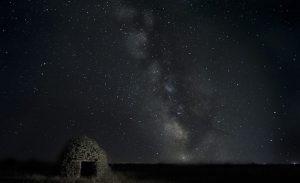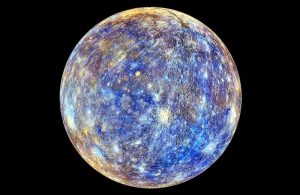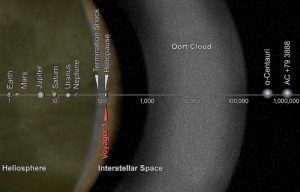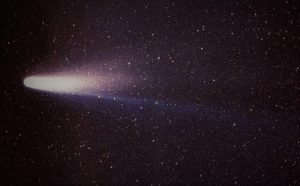Milky Way
Many times when the night has a clear sky, you can see between the stars a whitish band with an arc shape, when this happens, we are in Milky Way presence. The Milky Way, as the Romans called it, is the galaxy of our Solar System.

- Number of stars: Between 200 and 400 billion
- Diameter: 100-180 kilometers
What is the Milky Way?
The Milky Way is the galaxy that contains the Solar System where the planet Earth is located. It has a spiral shape and its diameter is estimated at 100,000 light years, with a mass that exceeds two billion times the Sun's mass.
According to specialists, it is estimated that the Milky Way is home to between 200 billion and 400,000 million stars.
Milky Way history
There are many stories and myths that refer to its origin.
First, we must start with those that named it Milky Way, as it was called by the ancient Greeks. There are two versions. According to the first version, Heracles, who was the illegitimate son of Zeus, was placed in the chest of the Goddess Hera, while she slept so that she could drink her milk and Heracles would become God. The Goddess woke up and when she saw Heracles stuck to her breast, she separated him violently and the milk that came out of her breast created the galaxy.
The second story states that it was Athena, Goddess of wisdom, who convinced Goddess Hera to give her milk to Heracles, but the little one sucked very hard and wounded the Goddess causing her milk to spill and create our galaxy.
On the other hand, in Spain, it was known as the Way of Saint James, traveled by pilgrims, guided in the sky by the Milky Way, to reach the Galician city of Santiago de Compostela where this apostle was buried.
How was it formed?
According to some astronomers, it originated after the Big Bang as an over-density space of the universe distribution where globular clusters of between 100,000 and one million stars were created that gradually formed this galaxy.
Other studies affirm that it was formed in two phases, a fast one, in which the globular clusters that form part of the galactic halo were formed and another slower phase, in which it was enlarged and fused with other small galaxies.
Characteristics of the Milky Way
- Its shape is like a spiral, with two arms coming out of it.
- Its diameter is 100,000 light years with a mass that exceeds two billion times that of the Sun.
- It is part of a group of galaxies known as the Local Group.
- In it are between 200 billion and 400,000 million stars.
- It is the largest galaxy located in the Local Group after the Andromeda galaxy.
Milky Way components
It is made up of an elliptical shaped core in its central zone, made up of stars with a diameter of 8,000 light years. Other stars, star clusters and a cloud of hydrogen are found in the spiral-shaped extensions of the nucleus.
The Solar System is in one of its two arms, 28,000 light years from the nucleus and some 22,000 from its limits.
It is the habitat of between 200 billion and 400 billion stars.
Milky Way structure
Its structure can be divided into three parts: the halo, the disc and the bulb.
The halo is the structure that groups the galaxy, it has an exterior part and an interior part. In it, there are concentrated large globular clusters – these are groups of very old stars.
The disk is the galaxy part where stars are created. It is composed of eight spiral arms and concentrates the largest amount of gas in the Milky Way.
The bulb or galactic nucleus is the central area of the galaxy and contains the highest density of stars.
Location
The Milky Way is part of a set of galaxies known as the Local Group, a space in the universe that occupies about 4 million light years in diameter. The Local Group is made up of 40 galaxies.
Observation
On clear summer nights you can see a white stripe across the sky from one side to the other. This is the Milky Way.
In order to see it, it is best to look for dark places in very natural spaces. At first glance it could be confused with a cloud, but then, you can be sure that it is the Milky Way because it looks like a large whitish arch that crosses the firmament.
How to cite this article?
Briceño V., Gabriela. (2019). Milky Way. Recovered on 24 February, 2024, de Euston96: https://www.euston96.com/en/milky-way/









